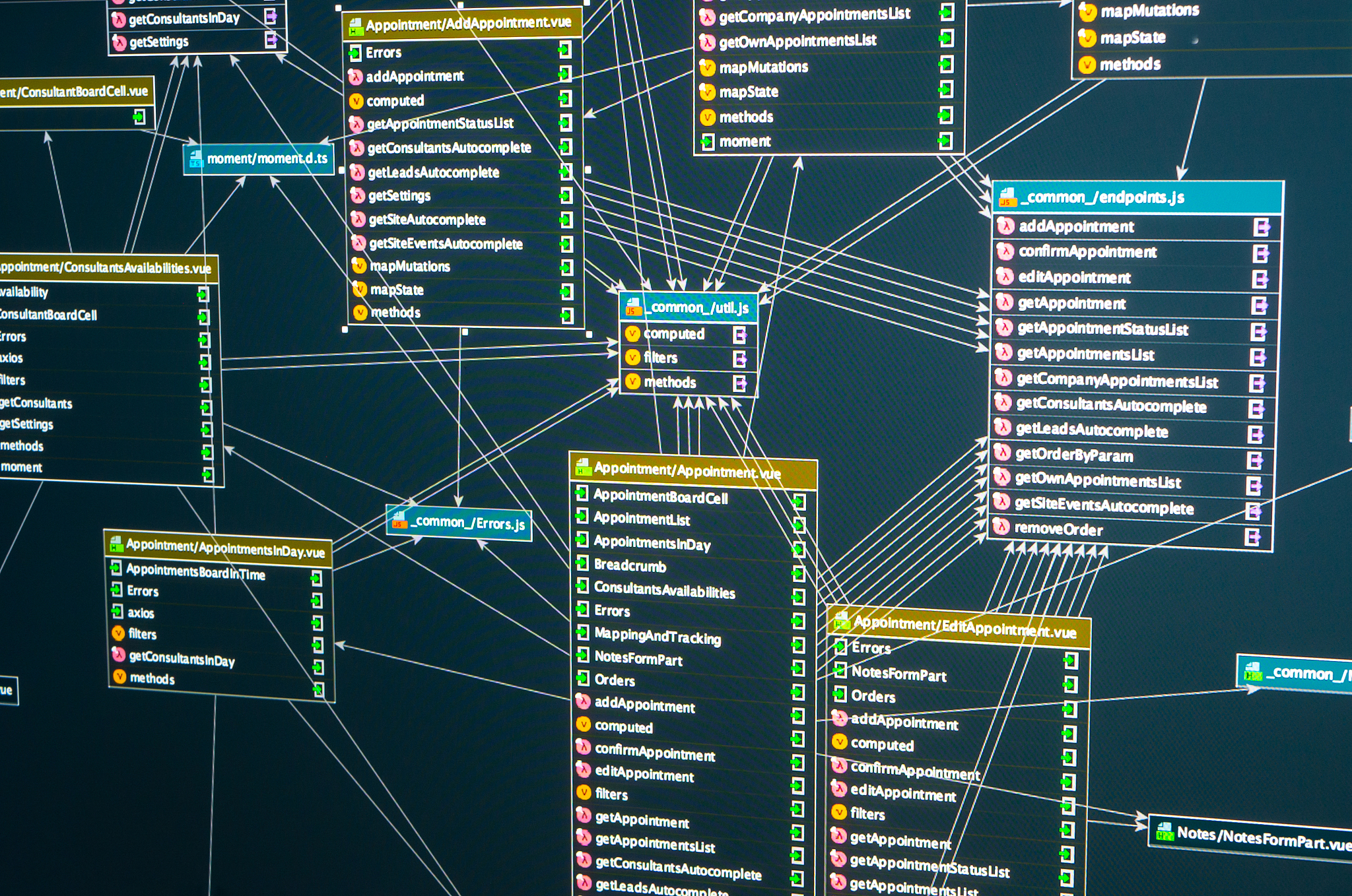ipfs中是如何将一个文件分为多个dag的?完整的Java代码是什么
IPFS将一个文件分为多个DAG(有向无环图)的过程如下:
-
将文件数据分割为固定大小的块(默认大小为256KB),并计算每个块的哈希值。
-
创建一个初始的DAG节点,其数据为所有块的哈希列表。
-
对于每个块,创建一个新的DAG节点,其数据为块的实际数据。
-
对于每个块节点,将其哈希值添加到初始节点的子节点列表中。
-
将初始节点的哈希值作为整个文件的根哈希值。
以下是基于Java实现的IPFS文件分块和生成DAG节点的示例代码:
import java.io.*;
import java.security.MessageDigest;
import java.security.NoSuchAlgorithmException;
import java.util.ArrayList;
import java.util.List;
public class IPFS {
private static final int BLOCK_SIZE = 256 * 1024; // 256KB
private static final String HASH_ALGORITHM = "SHA-256";
public static void main(String[] args) throws Exception {
// 读取文件数据
byte[] fileData = readFile("test.txt");
// 分块并计算哈希值
List<byte[]> blocks = splitData(fileData);
List<String> blockHashes = new ArrayList<>();
for (byte[] block : blocks) {
blockHashes.add(hashData(block));
}
// 创建初始节点
DAGNode rootNode = new DAGNode(blockHashes);
// 创建块节点
List<DAGNode> blockNodes = new ArrayList<>();
for (byte[] block : blocks) {
blockNodes.add(new DAGNode(block));
}
// 添加块节点到初始节点的子节点列表中
rootNode.setChildren(blockNodes);
// 输出整个DAG
System.out.println(rootNode.toString());
}
private static byte[] readFile(String fileName) throws IOException {
File file = new File(fileName);
InputStream inputStream = new FileInputStream(file);
byte[] data = new byte[(int) file.length()];
inputStream.read(data);
inputStream.close();
return data;
}
private static List<byte[]> splitData(byte[] data) {
List<byte[]> blocks = new ArrayList<>();
int offset = 0;
while (offset < data.length) {
int blockSize = Math.min(BLOCK_SIZE, data.length - offset);
byte[] block = new byte[blockSize];
System.arraycopy(data, offset, block, 0, blockSize);
blocks.add(block);
offset += blockSize;
}
return blocks;
}
private static String hashData(byte[] data) throws NoSuchAlgorithmException {
MessageDigest digest = MessageDigest.getInstance(HASH_ALGORITHM);
byte[] hash = digest.digest(data);
return bytesToHex(hash);
}
private static String bytesToHex(byte[] bytes) {
StringBuilder builder = new StringBuilder();
for (byte b : bytes) {
builder.append(String.format("%02x", b));
}
return builder.toString();
}
}
class DAGNode {
private List<String> children;
private byte[] data;
public DAGNode(List<String> children) {
this.children = children;
}
public DAGNode(byte[] data) {
this.data = data;
}
public List<String> getChildren() {
return children;
}
public void setChildren(List<DAGNode> children) {
List<String> childHashes = new ArrayList<>();
for (DAGNode child : children) {
childHashes.add(child.getHash());
}
this.children = childHashes;
}
public byte[] getData() {
return data;
}
public String getHash() {
try {
return IPFS.hashData(getBytes());
} catch (NoSuchAlgorithmException e) {
return null;
}
}
private byte[] getBytes() {
if (data != null) {
return data;
}
StringBuilder builder = new StringBuilder();
for (String child : children) {
builder.append(child);
}
return builder.toString().getBytes();
}
public String toString() {
StringBuilder builder = new StringBuilder();
builder.append("{");
builder.append("\"Data\": \"").append(bytesToHex(getBytes())).append("\", ");
builder.append("\"Links\": [");
boolean first = true;
for (String child : children) {
if (!first) {
builder.append(", ");
}
builder.append("{\"Hash\": \"").append(child).append("\"}");
first = false;
}
builder.append("]");
builder.append("}");
return builder.toString();
}
private static String bytesToHex(byte[] bytes) {
StringBuilder builder = new StringBuilder();
for (byte b : bytes) {
builder.append(String.format("%02x", b));
}
return builder.toString();
}
}
该示例代码分块大小为256KB,哈希算法为SHA-256。IPFS的实现可能会有所不同,但基本思想是相同的。

原文地址: https://www.cveoy.top/t/topic/gs5 著作权归作者所有。请勿转载和采集!